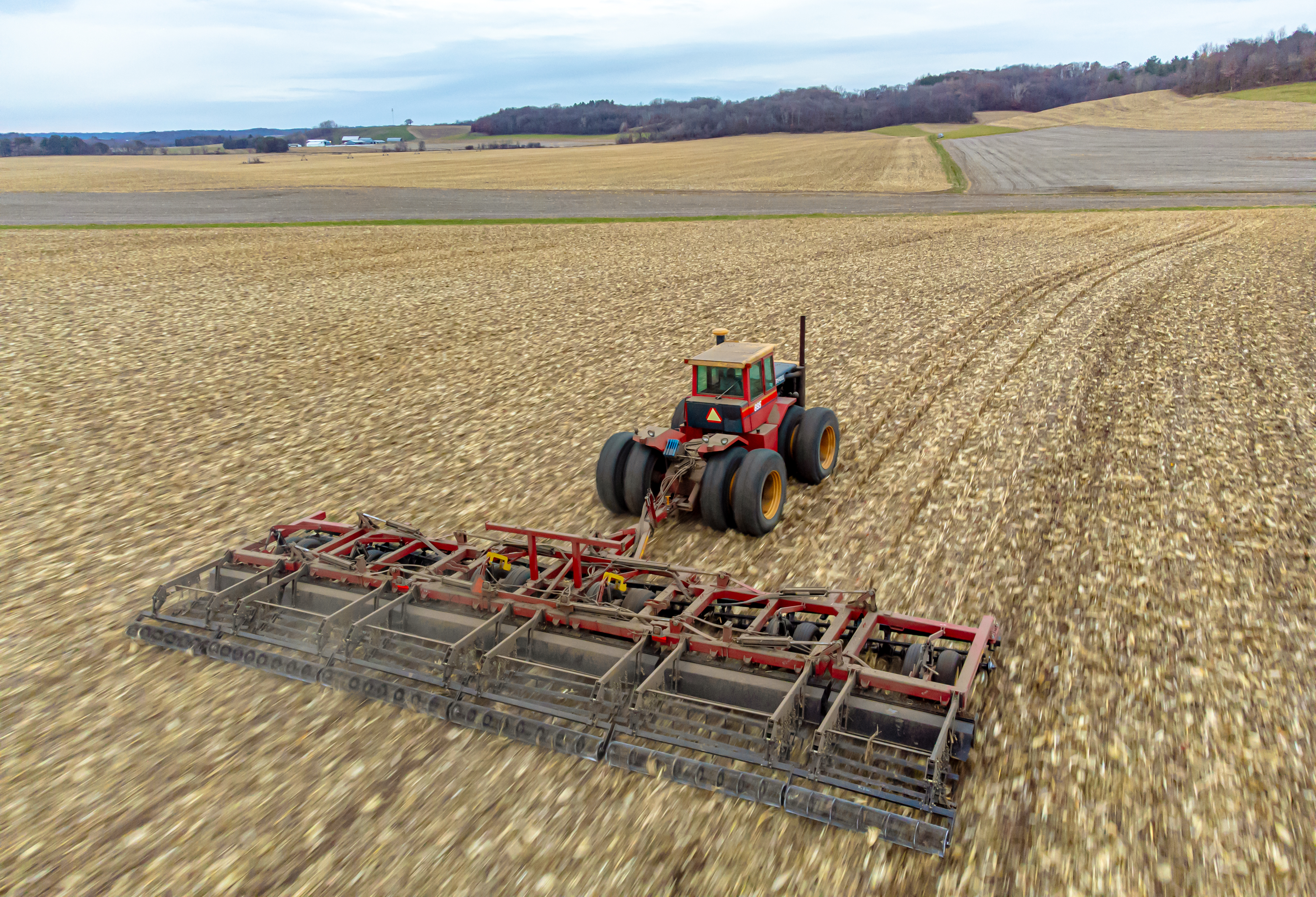|
Conventional Tillage
Conventional tillage refers to tillage operations considered standard for a specific location and crop and that tend to bury the crop residues; usually considered as a base for determining the cost effectiveness of erosion control practices. See also * Conservation tillage Tillage is the agricultural preparation of soil by mechanical agitation of various types, such as digging, stirring, and overturning. Examples of human-powered tilling methods using hand tools include shoveling, picking, mattock work, hoein ... References * {{DEFAULTSORT:Conventional Tillage Agriculture ... [...More Info...] [...Related Items...] OR: [Wikipedia] [Google] [Baidu] |
Tillage
Tillage is the agriculture, agricultural preparation of soil by mechanical wikt:agitation#Noun, agitation of various types, such as digging, stirring, and overturning. Examples of manual labour, human-powered tilling methods using hand tools include shoveling, pickaxe, picking, mattock work, hoe (tool), hoeing, and rake (tool), raking. Examples of working animal, draft-animal-powered or mechanization, mechanized work include ploughing (overturning with moldboards or chiseling with chisel shanks), rotary tiller, rototilling, rolling with cultipackers or other roller (agricultural tool), rollers, harrow (tool), harrowing, and cultivating with cultivator shanks (teeth). Tillage that is deeper and more thorough is classified as primary, and tillage that is shallower and sometimes more selective of location is secondary. Primary tillage such as ploughing tends to produce a rough surface finish, whereas secondary tillage tends to produce a smoother surface finish, such as that required ... [...More Info...] [...Related Items...] OR: [Wikipedia] [Google] [Baidu] |
Crop Residue
Crop residues are waste materials generated by agriculture. The two types are: * Field residues are materials left in an agricultural field or orchard after the crop has been harvested. These residues include stalks and stubble (stems), leaves and seed pods. Good management of field residues can increase efficiency of irrigation and control of erosion. The residue can be ploughed directly into the ground, or burned first. In contrast, no-till, strip-till or reduced-till agriculture practices are carried out to maximize crop residue cover. * Process residues are materials left after the crop is processed into a usable resource. These residues include husks, seeds, bagasse, molasses and roots. They can be used as animal fodder and soil amendment, fertilizers and in manufacturing. Measurements Simple line-transect measurements can be used to estimate residue coverage. The amount of crop residues can also be estimated using photographic techniques, or remote sensi ... [...More Info...] [...Related Items...] OR: [Wikipedia] [Google] [Baidu] |
Erosion Control
Erosion control is the practice of preventing or controlling wind or water erosion in agriculture, land development, coast, coastal areas, Bank (geography), river banks and construction. Effective erosion controls handle surface runoff and are important techniques in preventing water pollution, soil erosion, soil loss, wildlife habitat loss and human property loss. Usage Erosion controls are used in natural areas, agricultural settings or urban environments. In urban areas erosion controls are often part of stormwater runoff management programs required by local governments. The controls often involve the creation of a physical barrier, such as vegetation or rock, to absorb some of the energy of the wind or water that is causing the erosion. They also involve building and maintaining storm drains. On construction sites they are often implemented in conjunction with sediment controls such as sediment basins and silt fences. Bank erosion is a natural process: without it, River, r ... [...More Info...] [...Related Items...] OR: [Wikipedia] [Google] [Baidu] |
Conservation Tillage
Tillage is the agricultural preparation of soil by mechanical agitation of various types, such as digging, stirring, and overturning. Examples of human-powered tilling methods using hand tools include shoveling, picking, mattock work, hoeing, and raking. Examples of draft-animal-powered or mechanized work include ploughing (overturning with moldboards or chiseling with chisel shanks), rototilling, rolling with cultipackers or other rollers, harrowing, and cultivating with cultivator shanks (teeth). Tillage that is deeper and more thorough is classified as primary, and tillage that is shallower and sometimes more selective of location is secondary. Primary tillage such as ploughing tends to produce a rough surface finish, whereas secondary tillage tends to produce a smoother surface finish, such as that required to make a good seedbed for many crops. Harrowing and rototilling often combine primary and secondary tillage into one operation. "Tillage" can also mean the lan ... [...More Info...] [...Related Items...] OR: [Wikipedia] [Google] [Baidu] |

